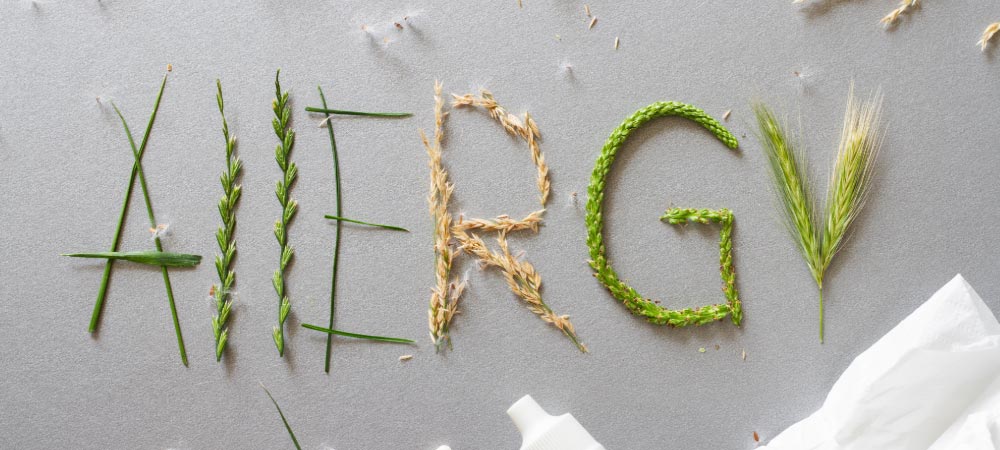Weather Patterns That Affect Summer Allergies

Pollen season is here, and you may notice that some days are worse than others for your symptoms. There are many factors that can lead to your fluctuating symptoms, and weather patterns may be an important one.
Wind, rain, and extreme heat can send your symptoms swirling – this blog explains why.
Wind
You feel summer allergy symptoms after you breathe in the pollen of plants like trees, grass, weeds, and more. Your body reacts by releasing histamine and that causes symptoms like sneezing, itching, drainage, and coughing.
On a windy day, the pollen from these plants really gets moving in the air. As it gets distributed further in the atmosphere, it is more available for you to inhale and trigger your feeling sick.
Rain
Rain can have a dual impact on allergies. For one, it can make the pollen “stick” to the ground or other surfaces, so there is less opportunity for you to breathe it in and have symptoms triggered. During light rain, you may feel temporarily symptom-less.
On the flipside, a heavier rain can shake up pollen more than normal. Thunderstorms, particularly, can break up large pollen clumps into even smaller pieces, which can increase the pollen count – and your symptoms.
Humidity
Humid conditions can make it more difficult for anyone to breathe – and those with allergic asthma may feel this impact more severely. With increased pollen counts triggering allergy, and humidity increasing asthma symptoms, it can be a miserable combination.
Weather-Proof Solution
These symptoms can leave you feeling groggy and left out, spending your prime summer days indoors, avoiding symptoms. Keeping up with your symptom-relievers (antihistamines, nasal rinses, eye drops, etc.) can keep your symptoms at bay, but they do not treat the root cause.
Allergychoices advocates for treating the cause of your underlying allergy with personalized allergy drop immunotherapy. Following The La Crosse Method™ Protocol, this treatment slowly introduces the body to your offending allergens through a liquid dose taken under the tongue.
Over time, the dose strength is increased until the body learns to not react to your problem allergens. After successful therapy, many people have majorly reduced symptoms – some even experience no symptoms. Find a provider near you who offers disease-modifying allergy drop immunotherapy and start feeling better soon.


